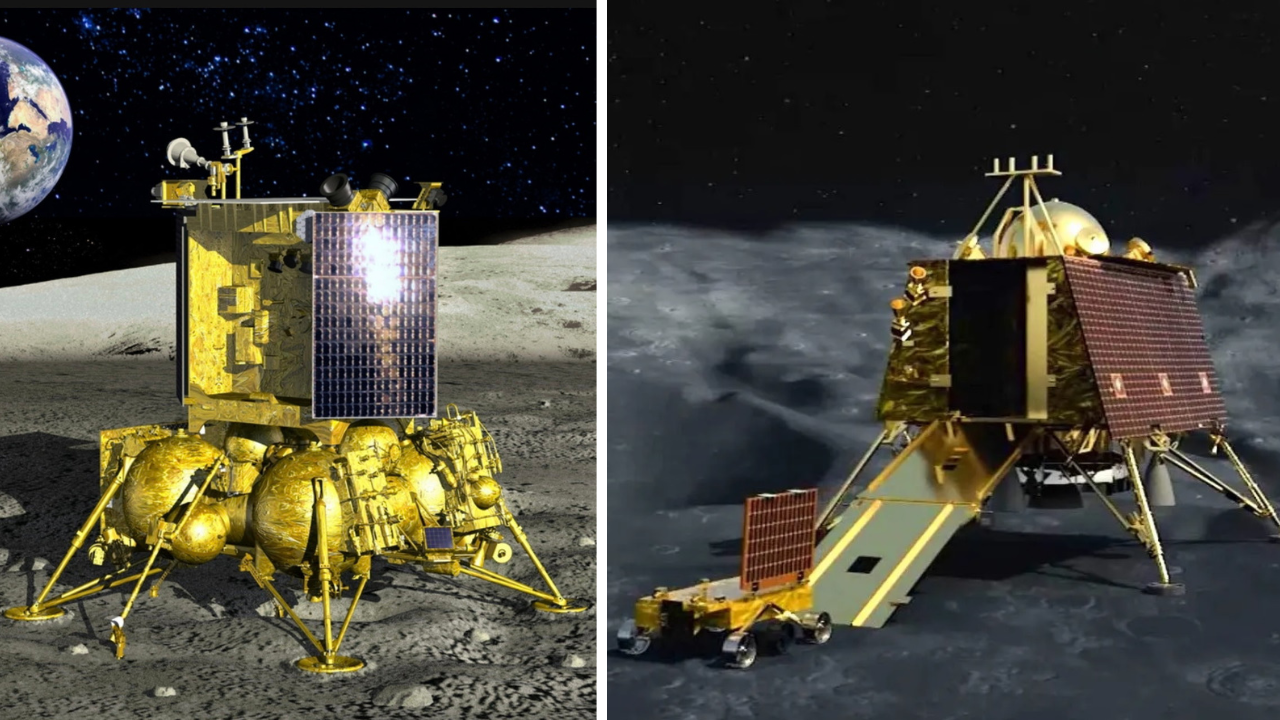India has a head start with its Chandrayaan-3, which was launched on July 14.
The Indian Space Research Organisation (Isro) has said they are planning to make a soft landing around August 23.
Read Also
“MOX, ISTRAC, this is Chandrayaan-3. I am feel ing lunar gravity,’ is the first message that India’s third lunarcraft sent to the Isro centres back to the Earth after entering the Moon’s orbit that the space agency tweeted. The spacecraft made the lunar orbit entry after escaping the Earth’s gravity
Russia will evacuate a village in its far east on August 11 as part of the launch of Russia’s first lunar lander mission in nearly half a century, a local official said on Monday. The Luna-25 lunar lander, Russia’s first since 1976, will be launched from the Vostochny Cosmodrome, some 3,450 miles
The most critical phase of Chandrayaan-3 will begin when the spacecraft starts moving closer to the moon from the 100 km circular orbit, Isro chief S Somanath said on Monday.The orbit determination process of Chandrayaan-3 will be planned between August 9 and 17 to place the spacecraft in a 100 km
‘Enough space for everyone’
Russian space agency Roscosmos said its Luna-25 spacecraft will take five days to fly to the moon and then spend 5-7 days in lunar orbit before descending on one of three possible landing sites near the pole — a timetable that implies it could match or narrowly beat Chandrayaan-3 to the moon’s surface.
Rough terrain makes a landing there difficult, but the south pole is a prized destination because scientists believe it may hold significant quantities of ice that could be used to extract fuel and oxygen, as well as for drinking water.
Roscosmos said the two missions would not get in each other’s way because they have different landing areas planned.
“There is no danger that they interfere with each other or collide. There is enough space for everyone on the moon,” it said.
Different mission protocols
Chandrayaan-3 has been designed to run experiments for two weeks, while Luna-25 will work on the moon for a year.
With a mass of 1.8 tons and carrying 31 kg (68 pounds) of scientific equipment, Luna-25 will use a scoop to take rock samples from a depth of up to 15 cm (6 inches) to test for the presence of frozen water that could support human life.
The launch, originally planned for October 2021, got delayed for nearly two years. The European Space Agency had planned to test its Pilot-D navigation camera by attaching it to Luna-25, but broke off its ties to the project after Russia invaded Ukraine in February last year.
(With inputs from agencies)

